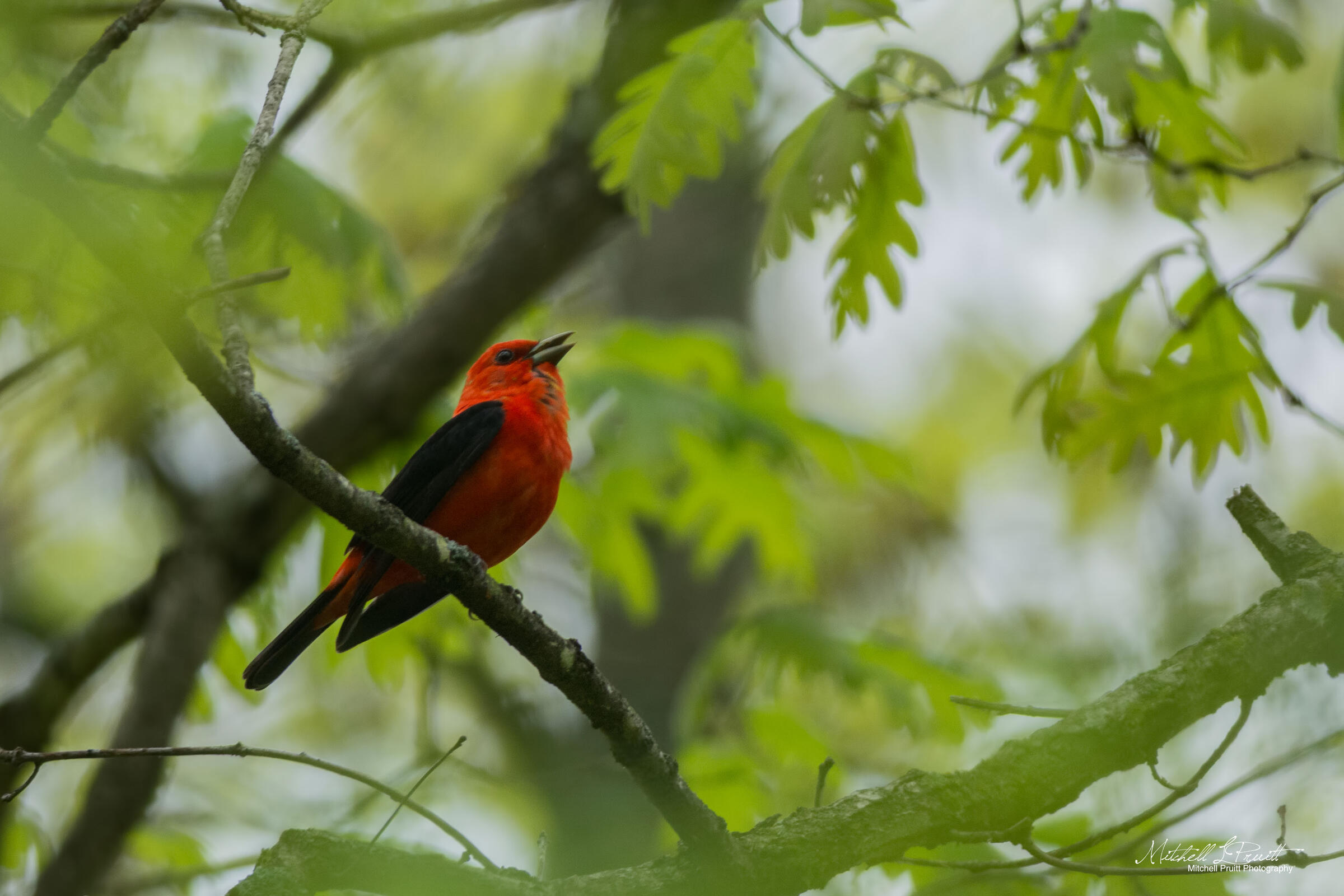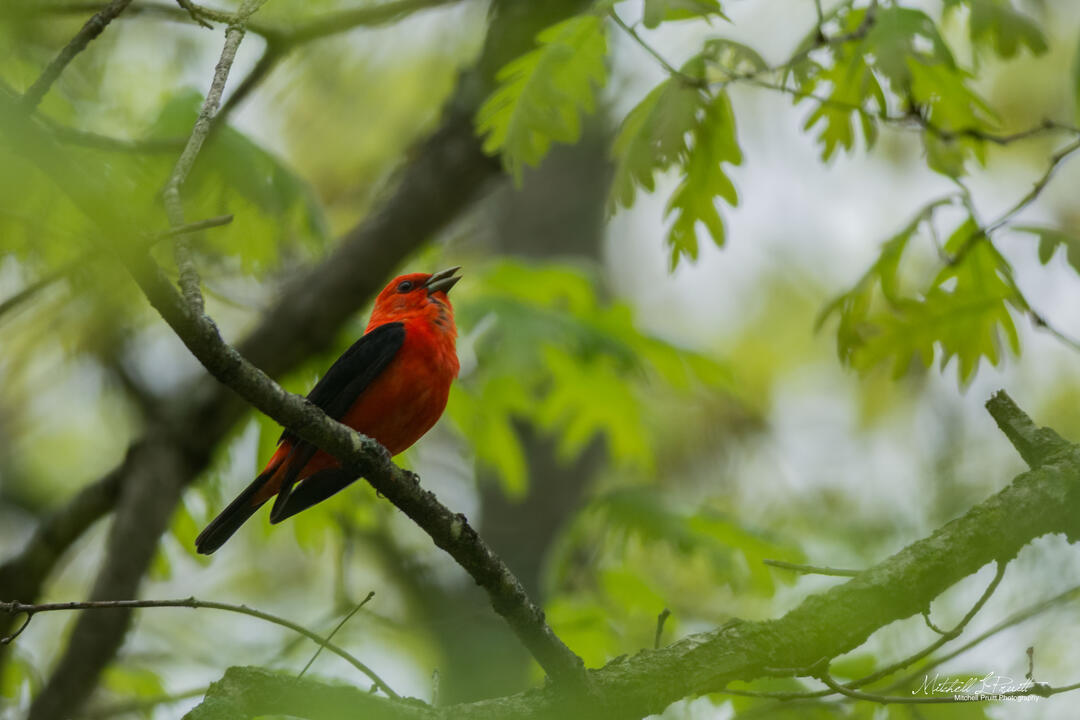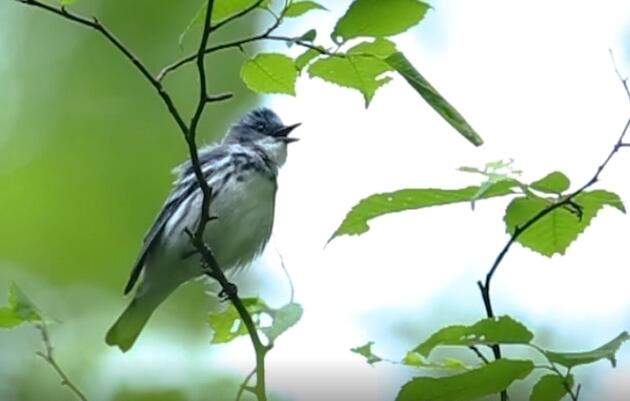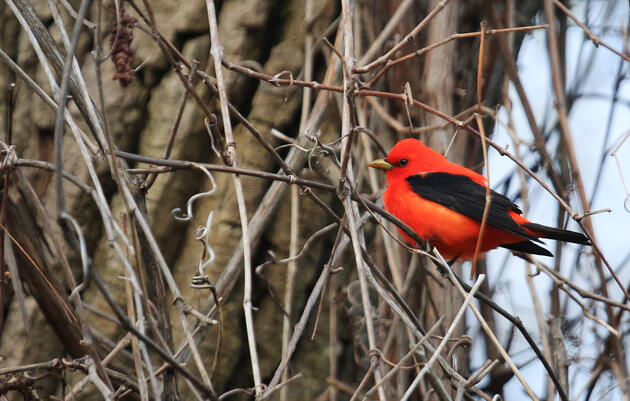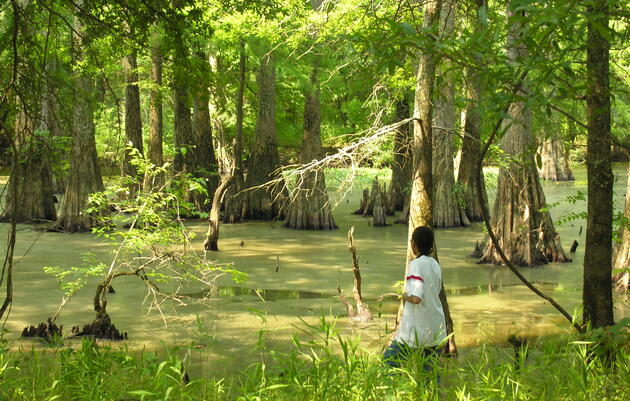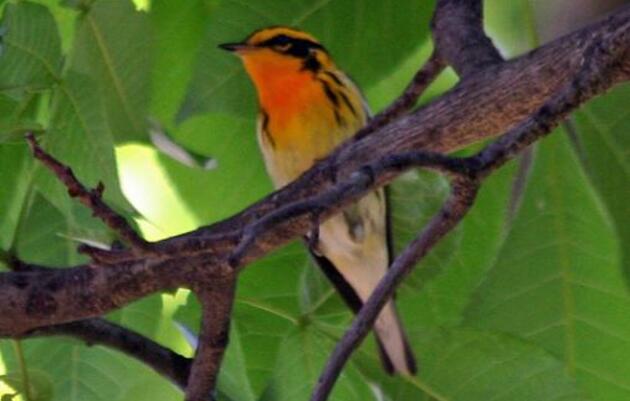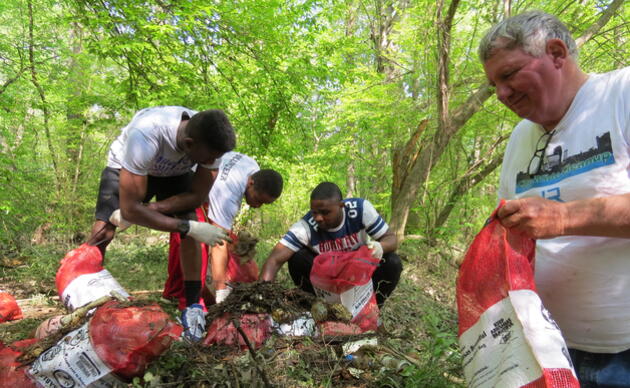BIRD-FRIENDLY FOREST MANAGEMENT IS BEGINNING IN LITTLE ROCK
A managed forest is a healthy forest. A healthy forest provides social, economic, and environmental benefits. Little Rock Parks and Recreation, with guidance from Audubon Arkansas, the Arkansas Department of Agriculture Forestry Division, and others, is implementing bird-friendly forest management in public parks across Little Rock, starting with the largest greenspace in the city, Fourche Bottoms.
WHAT IS BIRD-FRIENDLY FORESTRY IS AND WHY IT IS NEEDED?
Urban forests can’t manage themselves. In our small forested parks surrounded by development, the natural checks and balances that control the number of trees barely function. This results in too many trees competing for too few resources. In the end, the weediest tree species win. On top of that, non-native, invasive plants keep native tree seedlings from growing. Decreasing tree diversity hurts the diversity of all the other plants and animals in the forest. Forest management done by professionals restores the balance, helping forests be healthy.
Bird-friendly forest management is a prescription for quality bird habitat. It is based on science, conducted in part in Arkansas, which looked at the forest stand structure (for example, the number of trees, height of trees, tree canopy cover) of healthy forests that provide food and shelter for birds. The goal of bird-friendly forest management is to adjust the structure of a forest in such a way that it meets the needs of birds. Bird-friendly forests benefit lots of other wildlife too. This prescription is already in use by Arkansas Game & Fish Commission, US Fish & Wildlife Service, and the Natural Resources Conservation Service to manage public and private forests in Arkansas.
Bird-friendly forest management practices are primarily ecological thinning and invasive species control. Ecological thinning is selectively removing trees so that the remaining trees have more room to grow bigger and stronger. It also reduces tree canopy cover so more sunlight can reach the forest floor where it nurtures young trees, shrubs, and wildflowers. Invasive species control is cutting and herbiciding non-native plants that quickly take over if left unchecked. They outcompete native plants for sunlight, water, and nutrients. They are not good for birds or biodiversity.
HOW IS BIRD-FRIENDLY FOREST MANAGEMENT DONE?
A registered forester, well-trained and certified through the state, writes the management prescription, marks the trees to be taken, and oversees the forestry work to ensure best practices are followed. Though trees will be cut, it will still look like a forest with, thousands left standing. With all the new growth providing lots of new feeding and nesting opportunities, birds and other wildlife quickly return to a place that has been managed with them in mind.
Related
This page is made possible in part through a grant from the USDA Forest Service, grant ID # 19DG11083105001. In accordance with Federal law and U.S. Department of Agriculture policy, this institution is prohibited from discriminating on the basis of race, color, national origin, sex, age or disability. (Not all prohibited bases apply to all programs.)
Get Involved
Be a voice for birds
Join our Advocacy Team to receive action alerts about legislation and policy when Audubon Delta's birds need your voice.
Join Our Flock
Signing up is the best way to keep up with Audubon's latest news, programs and initiatives.

